TAKEAWAY: A new study by Time Warner Medialab reveals plenty of valuable information about multitasking behavior of users and their tendency to switch quickly from one screen to the next—including TV. There are lessons here for us editors and designers. Is sound the next best thing?
Multi tasking, multi screen use, devouring information in more than one platform and not wanting to miss the latest at any given moment. That, in essence, is a valid description of how most of us consume information today.
While we constantly discuss the media quartet and its importance for all of us working in the media, and, particularly, in the news business, these latest findings by the Time Warner Medialab remind us of how much more difficult our work as editors and designers becomes to attract and to hold the attention of these peripatetic users.
Here is a highlight of that Time Warner Medialab study:
The more screens you have, the more likely you are to engage in media multitasking. To find out what all that means for programmers and advertisers, the Time Warner Medialab conducted a series of studies of multitasking behaviors. On the one hand, advertisers will have to work harder to get and keep people’s attention as they flit from screen to screen, the studies suggested. On the other, second-screen apps that complement the TV viewing experience can heighten people’s response to the advertising and programming.
Based on that Time Warner Medialab study, these are some amazing (but not surprising) and useful facts that we must digest before we embark on the creation of news apps:
Time Inc. found out that during nonworking hours, digital natives (adults under 30) are switching platforms every other minute.
I would dare add that people much older than that are also engaging in this practice.
Emotional engagement: multi platform media users had fewer emotional highs and lows than those single platform users.
Could it be that levels of concentration are lower for those multitasking and switching platforms?
Those who use a second screen while watching TV still listen to the TV audio and that dynamic audio can actually pull them back to the first screen.
Could audio as part of a news app also pull them away from the bigger TV screen? Is this why we are seeing such a strong renaissance for radio? (see related item below).
Ultimately, it is content that will determine the user’s staying (and concentrating) power, no doubt, as it has always been. But the competition for it is definitely greater today. It is not just visuals and the effects of design that are strong determinants in the seduction process of the user. It is also appeal to other senses such as sound, touch, and overall engagement.
We as editors and designers have much to learn in this regard.
What it all means
So we know that our audience is impatient, multitask oriented, and engaged, even if for short periods of time and while switching from one platform to the next, minute by minute: how should we interpret and apply this knowledge in our work?
For me, this highlights the importance of content, and, especially, headlines (nothing new here if you ever worked with a tabloid afternoon newspaper sold primarily in the street).
In addition, this study will help us place more emphasis on the differentiation that exists among various platforms:
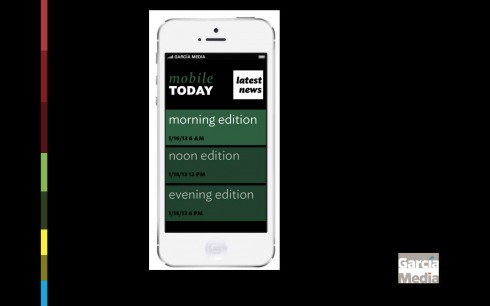
Smartphones: there must be a sense of completion (Reed Reibstein graphic)
a. Smartphones: as we create more curated news editions to be consumed on mobile telephones, and knowing the speed and the time given to us by users, we will concentrate on fewer but more powerful items, with seductive headlines, short videos and a beginning and an end. I believe that even these peripatetic multitaskers seek the satisfaction that comes from a sense of completion
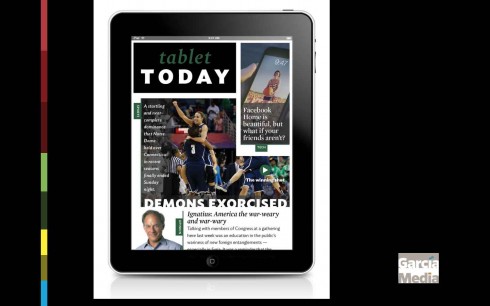
Tablets: greater emphasis on a multi sensory approach (Reed Reibstein graphic)
b. Tablets: We will play more emphasis on how multi sensory approaches, especially audio, can play a key role to lure users to the tablet, even when they are engaged with a second screen.
Sound, I believe, will probably be an important consideration in these platforms.
There is much to absorb from this study, but I am grateful to have this information which I know will affect my future work.
In fact, this study shows us that, in addition to lean forward and lean back, there is a third behavioral mode which is skipping among platforms.
However, I also notice that sound is acquiring a high degree of relevance in the midst of all these multiscreen multitasking.
The battle for our ears
For some time now, we have heard rumors that Apple is reportedly working on an Internet radio offering similar to Pandora (an Internet radio program that I am addicted to when at home in the US).
Now, Google, too, is said to be working on a paid subscription music service akin to Spotify, according to reports from both The Wall Street Journal and the Financial Times, which revealed that Google is currently in negotiations with music companies. Google, say the reports, plans to offer a paid subscription music streaming service to complement its own Google Music storefront.
I guess the battle for our ears is on, and these companies are discovered what I already experience myself and see people all over the world doing: reading on their phones and tablets while listening to music.
While the notion of differentiation in the media quartet never sounded more important, we may soon be evolving into the media quintet—with radio joining the band.
http://professional.wsj.com/article/SB10001424127887324503204578320872341655486.html
Of special interest:

Screenshot of CNN.com’s new home page as seen in the weekend edition.
Cnn.com getting new homepage and organizational structure
http://www.mediabistro.com/tvnewser/cnn-com-getting-new-homepage-and-organizational-structure_b173715
First paragraph:
In a sign of just how quickly new CNN Worldwide president Jeff Zucker is moving to change the company, the CNN.com homepage will be getting a new look this afternoon, as well as a new organizational structure.
USA: A majority of the biggest newspapers in the country now have paywalls [infographic]
http://paidcontent.org/2013/04/03/a-majority-of-the-biggest-newspapers-in-the-country-now-have-paywalls-infographic/
Pages we like
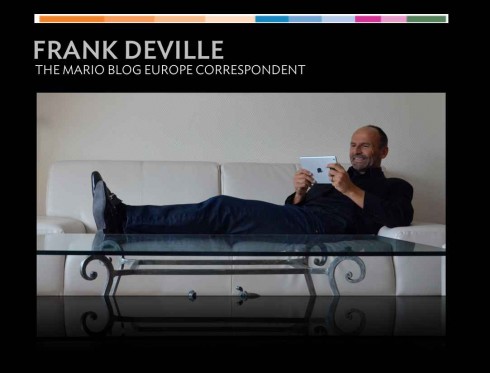
Our Europe blog correspondent, Frank Deville, has spotted these interesting double pages from Sunday’s Bild am Sonntag listing 1000 most useful Internet websites, by categories, from most useful to best for finding sex partners and companions, to best for getting news about celebrities.
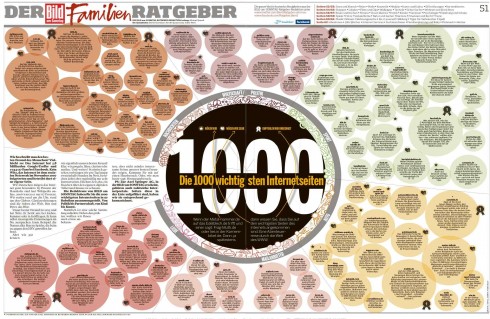
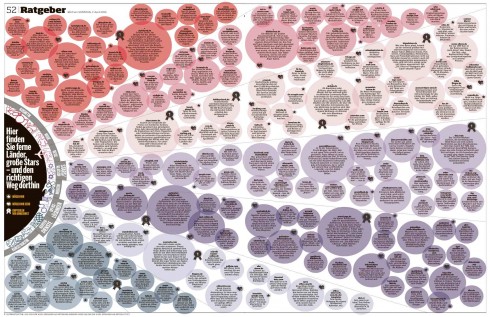
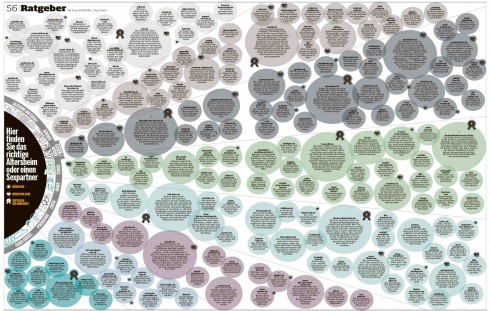
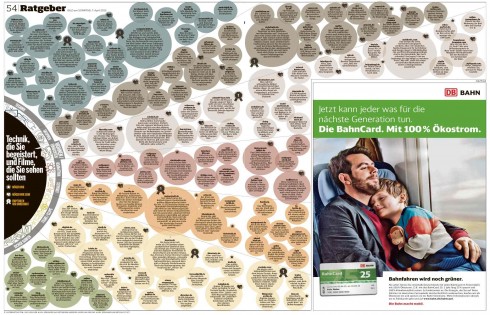
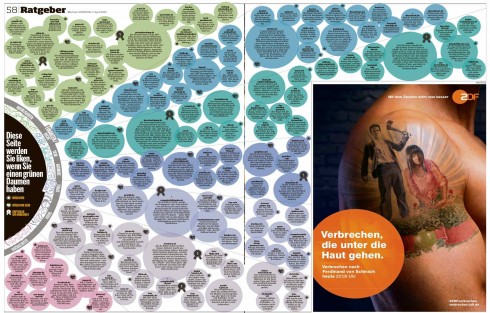
Where’s Mario until April 28, 2013?
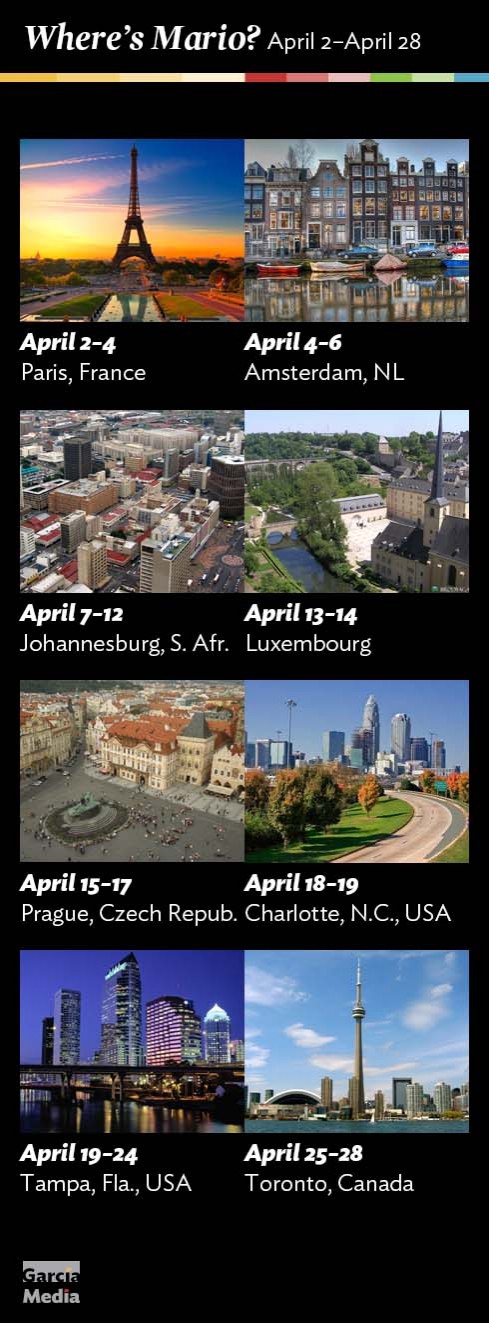
Mario’s upcoming speaking engagements
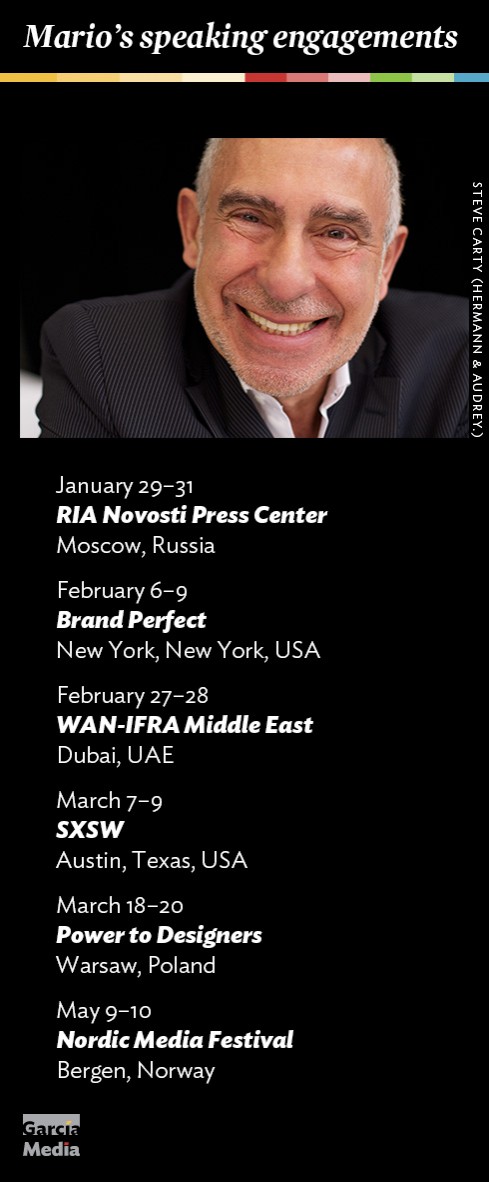
Take advantage of our iPad Design/Ad Lab workshops
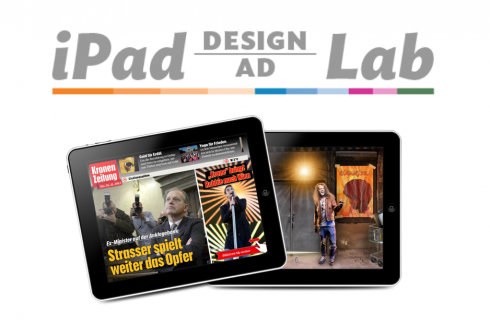
Do you want to take your brand to the next level by creating a tablet edition? Garcia Media can help. We now offer one- to two-day iPad Design Lab workshops on demand to jumpstart your presence on this exciting new platform. We also offer iPad Ad Lab workshops to develop engaging advertising models for your app. Contact us for more information.

Purchase the book on the iBookstore